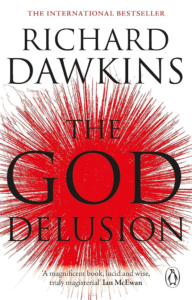A New Dawn for the Eurozone: Inflation Retreats, Interest Rates on the Horizon
The European Union (EU) has witnessed a significant economic shift in recent months, as inflation rates have finally dipped below the coveted 2% mark. This milestone, a stark contrast to the soaring prices that plagued the continent for much of 2022 and early 2023, has ignited hopes for a more stable economic landscape. As a result, central banks across the Eurozone are now considering the possibility of faster interest rate cuts, a move that could provide much-needed relief to struggling households and businesses.

Causes of Inflation Decline
The decline in inflation can be attributed to several factors. The most notable is the easing of energy prices, which had skyrocketed following Russia’s invasion of Ukraine. As global energy markets stabilized, the cost of living for European consumers began to decrease. Additionally, supply chain disruptions that had contributed to inflationary pressures have gradually improved, reducing the prices of goods and services. These combined factors have played a crucial role in bringing inflation back under control.
Implications of Lower Inflation
The implications of this recent development are far-reaching. For one, it signals a potential end to the aggressive monetary tightening policies implemented by the European Central Bank (ECB) to combat inflation. Higher interest rates, while necessary to curb price increases, can also stifle economic growth and increase borrowing costs for households and businesses. By easing monetary policy, the ECB aims to strike a balance between maintaining price stability and supporting economic activity.
Moreover, a decline in inflation can boost consumer confidence and spending, which are essential drivers of economic growth. When prices are stable, consumers are more likely to make purchases, leading to increased demand for goods and services. This, in turn, can stimulate business investment and job creation, contributing to a virtuous cycle of economic growth.
Persistent Price Pressures
However, it is important to note that while the overall inflation rate has fallen below 2%, certain underlying price pressures remain. Core inflation, which excludes volatile food and energy prices, has been more persistent. This suggests that while headline inflation may have declined, inflationary pressures are still present in the economy. As a result, the ECB will need to carefully monitor inflation developments to determine the appropriate pace of interest rate cuts.
In conclusion, the decline in inflation rates in the Eurozone represents a significant economic achievement. It paves the way for a potential easing of monetary policy, which could provide much-needed relief to households and businesses. While the road ahead may be challenging, the recent developments offer hope for a more stable and prosperous economic future for the European Union.




















